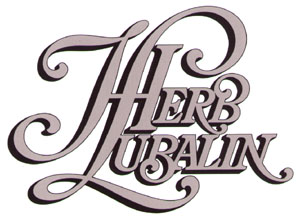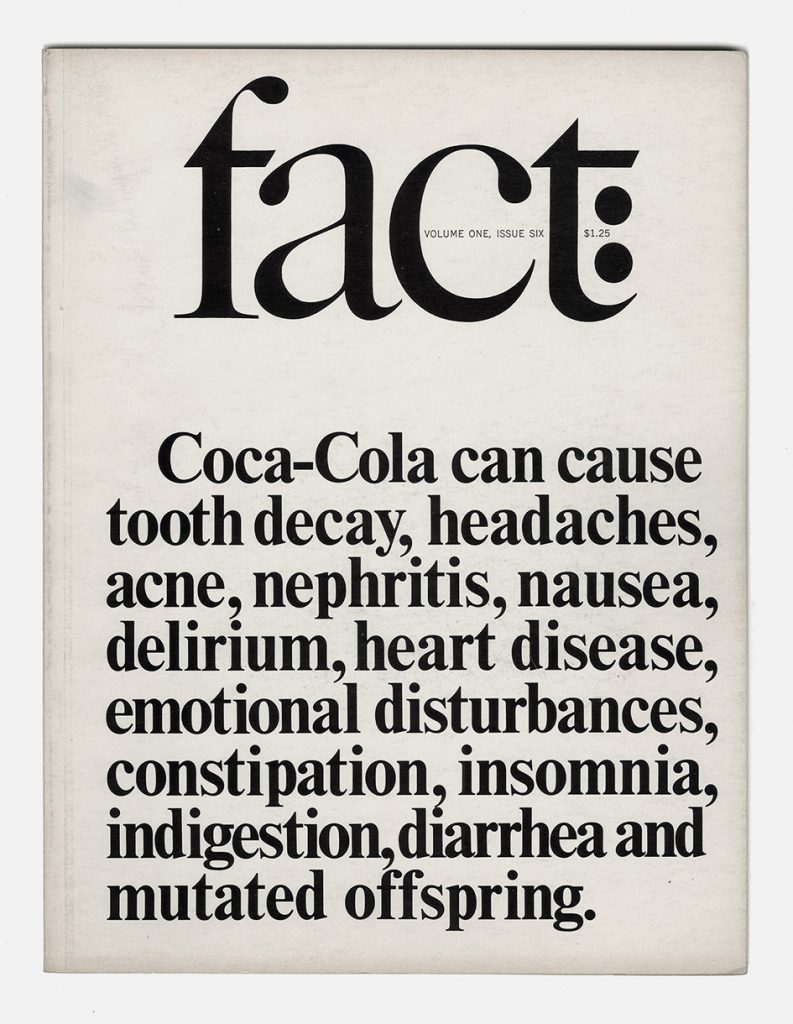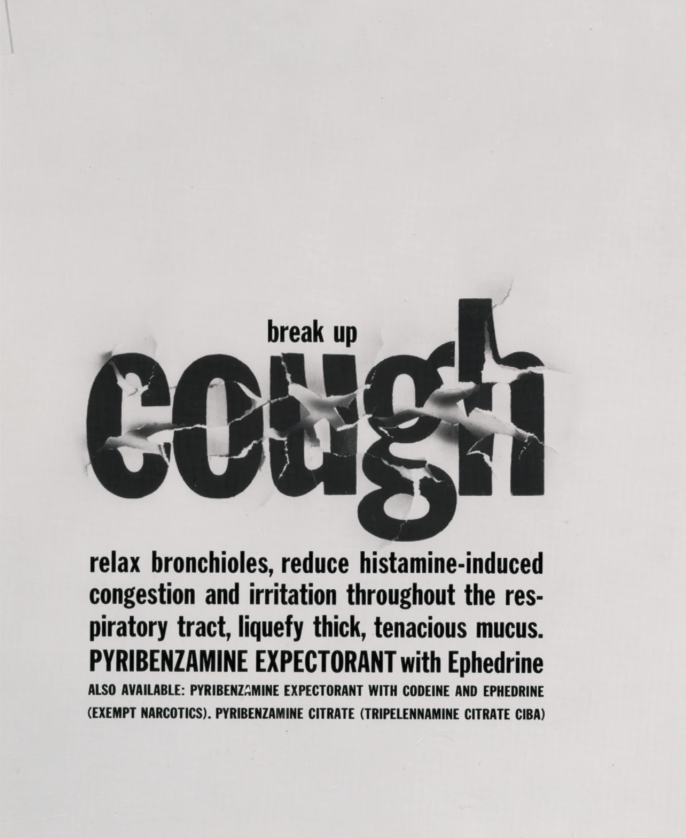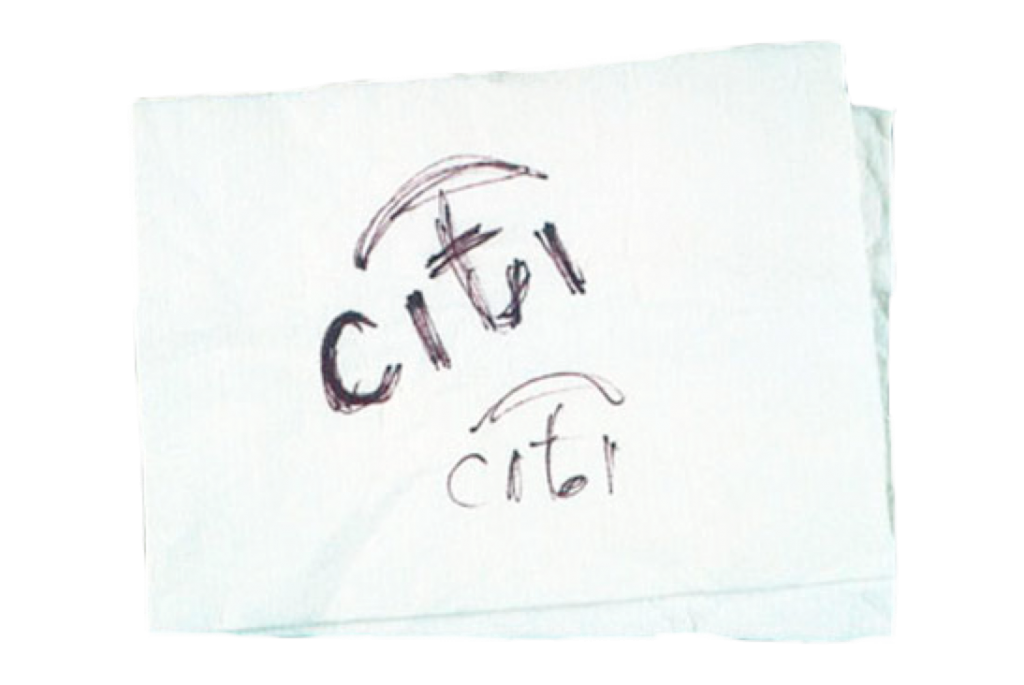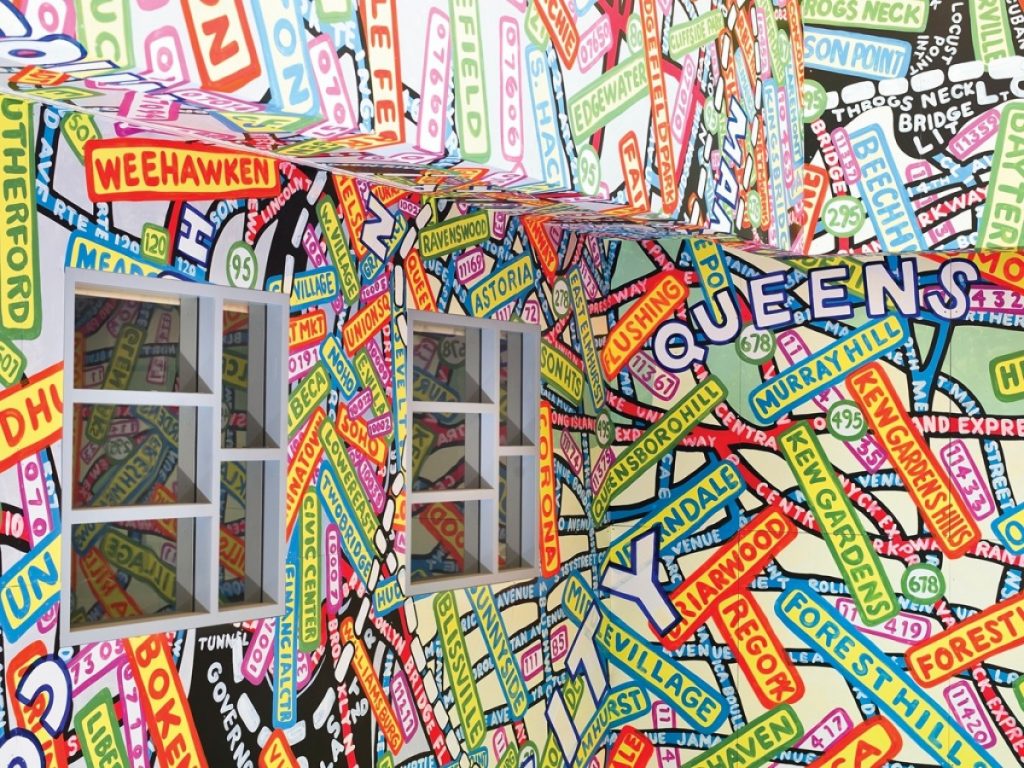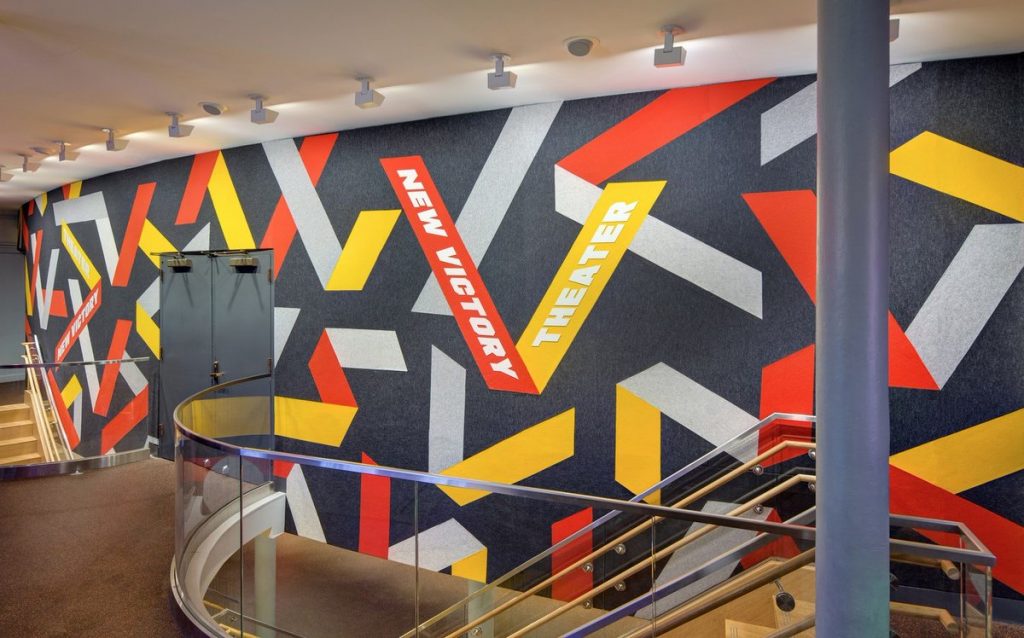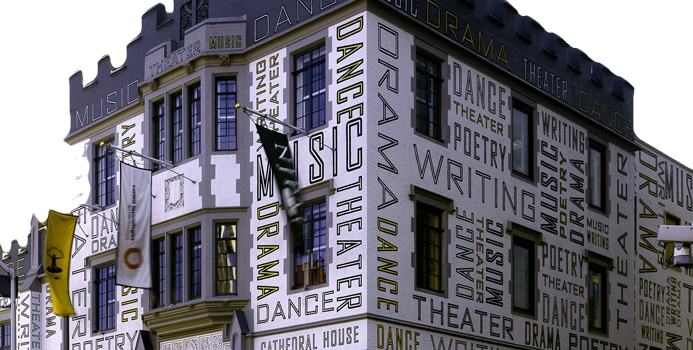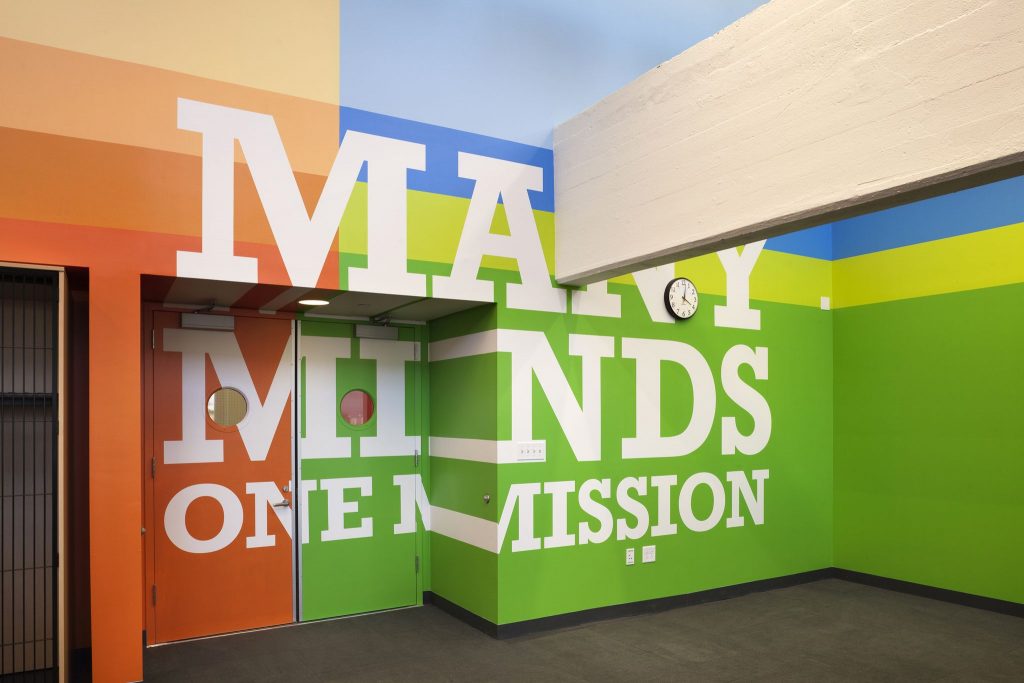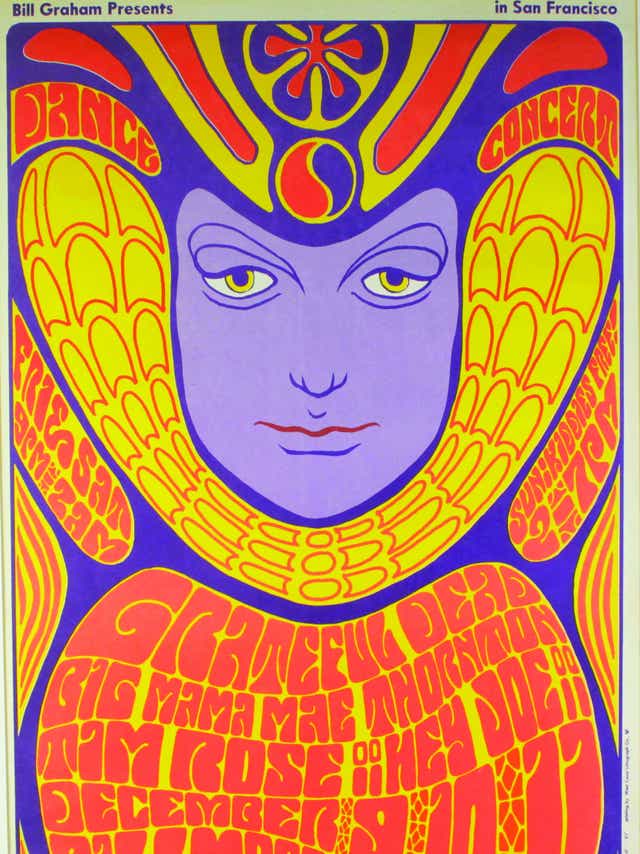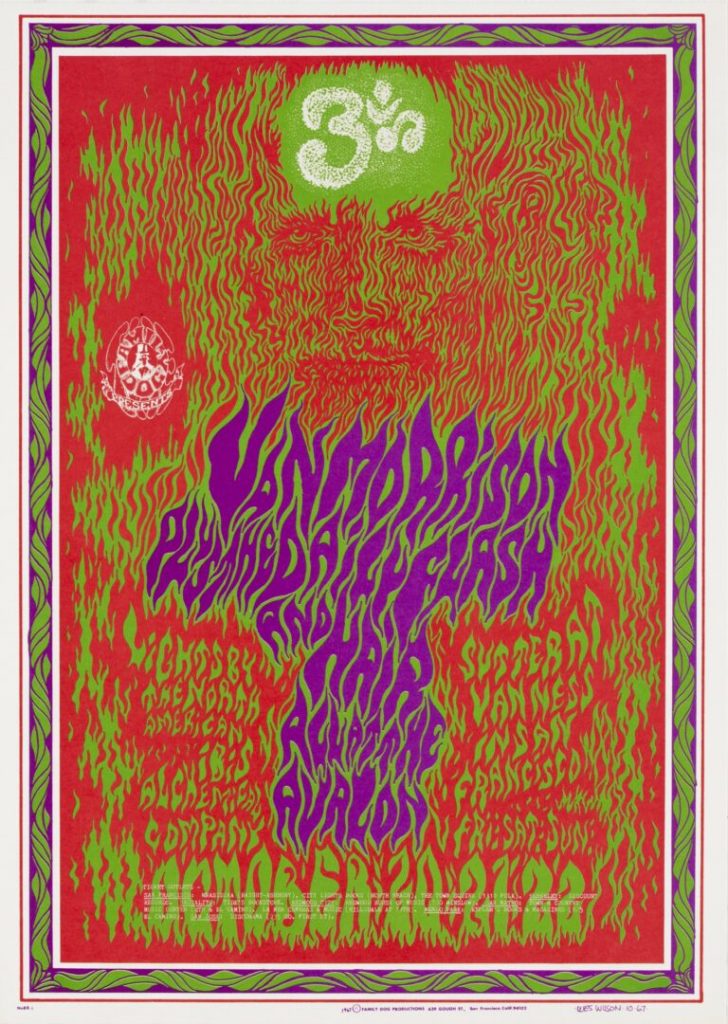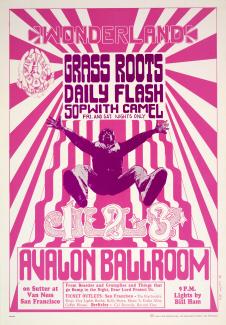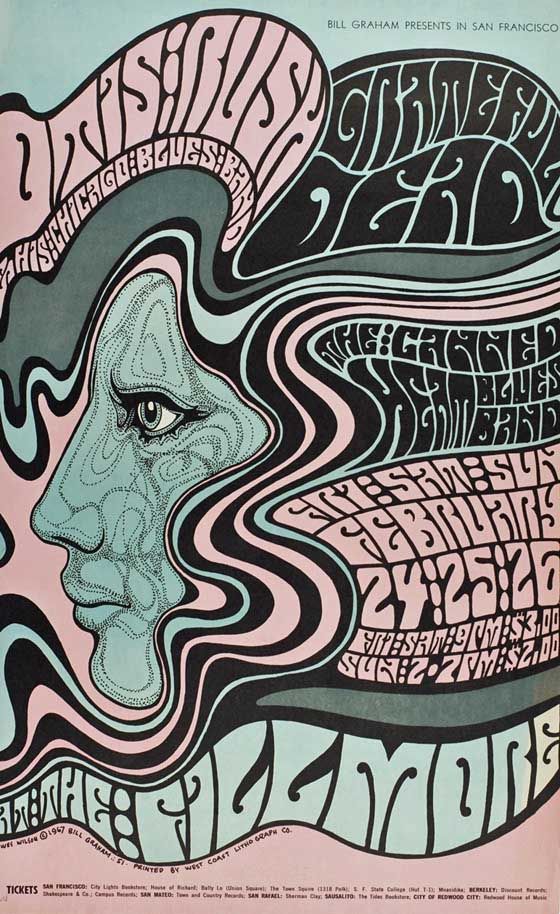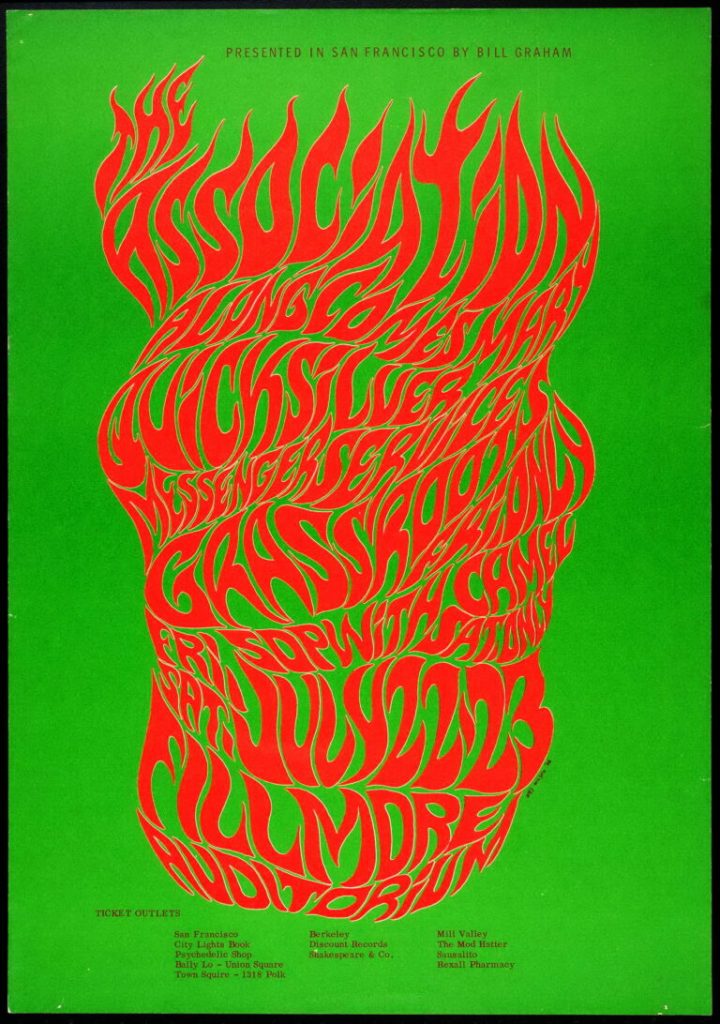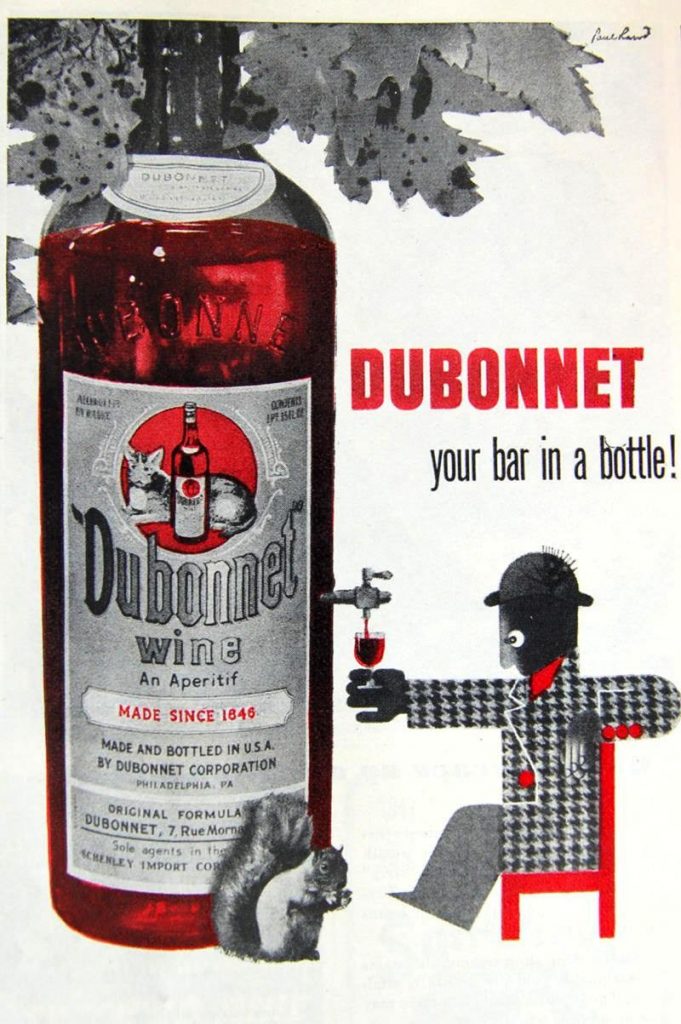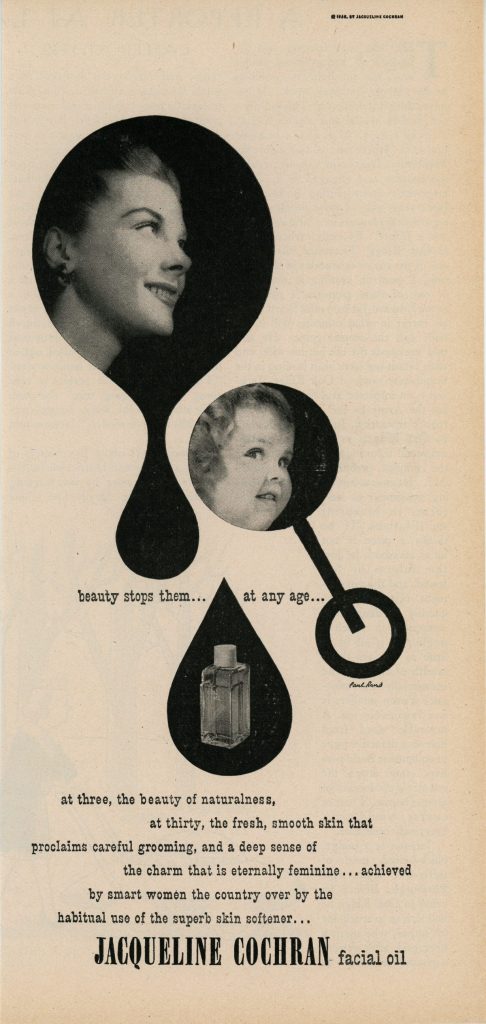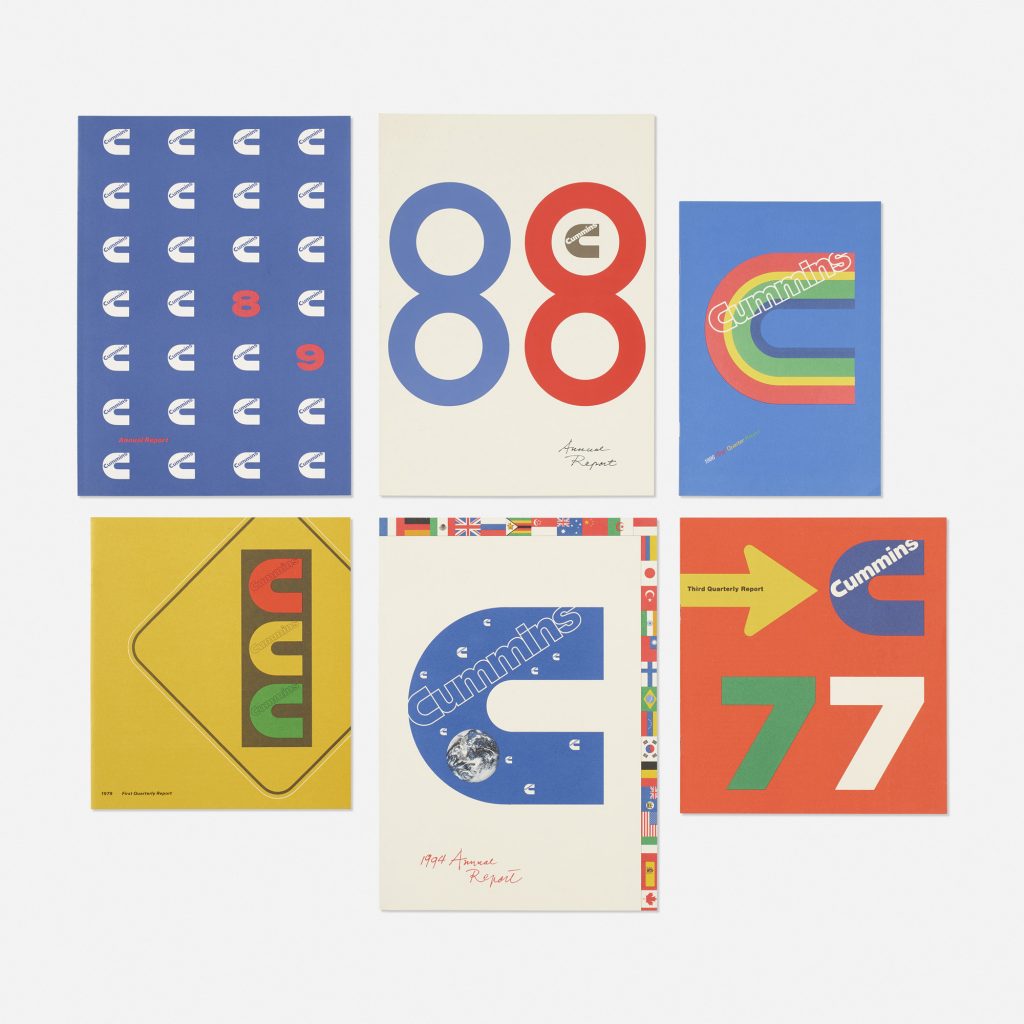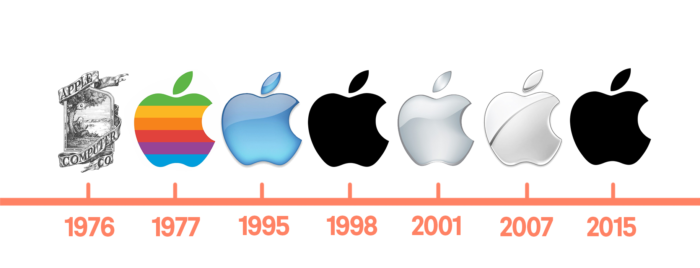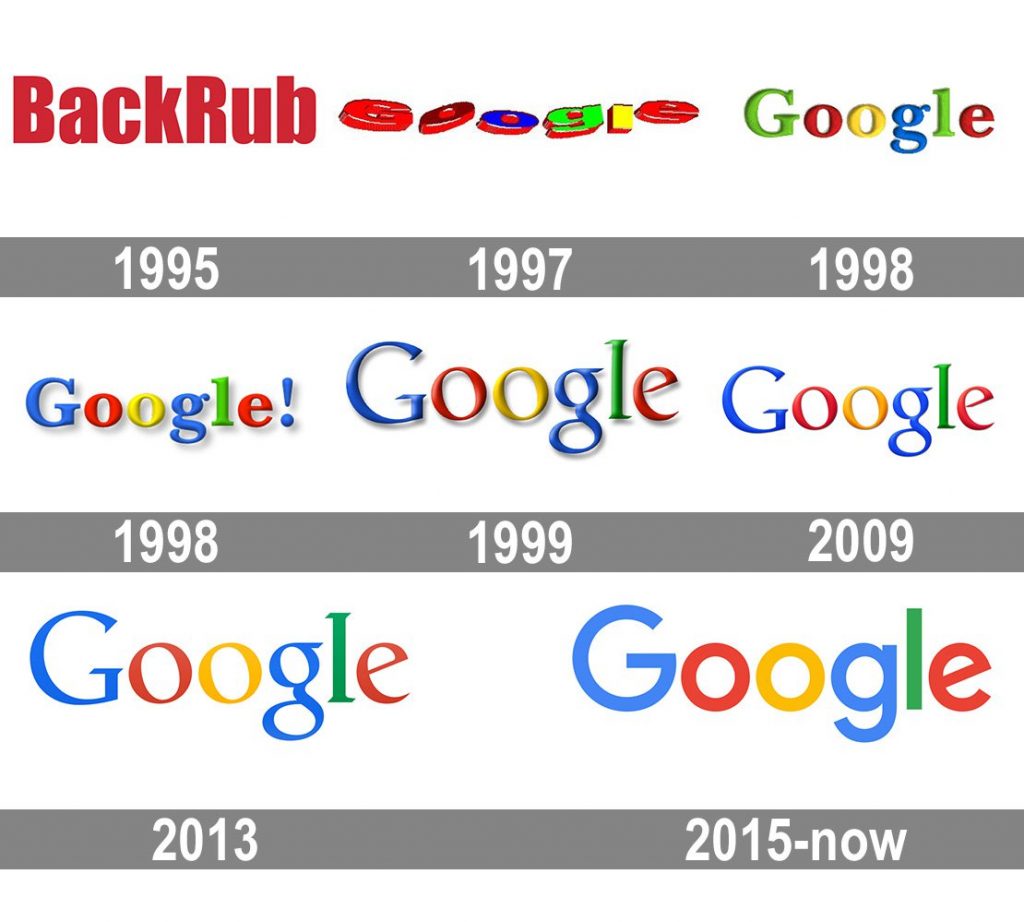
Despite being born in New York, Burton Kramer has been a prominent figure in Canadian graphic design. He began his design career in New York for a few years before working as an art director in Zurich, Switzerland. There he received awards for his work which included the Swiss Poster Award and the Swiss Packaging award as well as becoming the first foreign member invited to join the Swiss Professional Graphic Design Society.

When he moved to Toronto in 1965, he brought Modernist design with him, becoming a pioneer in modernism in Canadian graphic design. He had been exposed to the style while he was studying at Chicago’s Institute of Design, which was dubbed as the ‘New Bauhaus’ as well as studying under Swiss design masters such as Paul Rand and Herbert Matter while he completed his MFA in graphic design. He is best known for designing the logo and corporate identity program for the Canadian Broadcasting Corporation (CBC) and for his work in Expo ‘67, which was considered to be the most successful World’s Fair of the 20th century.
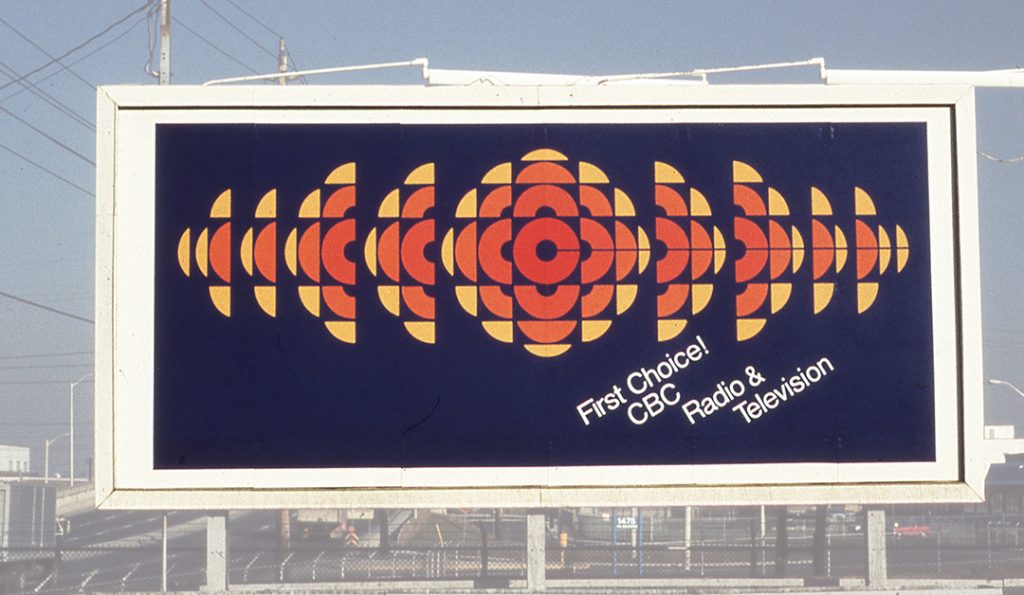


Sources:
http://canadiandesignresource.ca/graphics/burton-kramer-expo-67/

